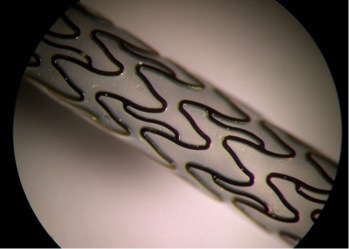Vascular Program
A long term research effort to design new treatments for vascular disease began with the effort to design and fabricate the first “off-the-shelf” artery to repair and replace arteries damaged by trauma or disease. Our unique approach has been to avoid synthetic materials to build vascular replacements and instead utilize human elastin and collagen proteins that are the natural structural proteins for most tissues in the body. We then electro–spin these human structural proteins into the very nano-fiber tubular structure that is found in every human being’s arteries using manufacturing technologies invented in the Center.
Elastin proteins are essential for normal skin flexibility and elasticity. However, because human tissues rarely express recombinant human tropoelastin (rhTE) after early childhood, the insoluble, crosslinked elastin polymer is not repaired or replaced. We have discovered human genes for elastin protein precursers and used recombinant protein expression systems to produce them in a pharma-grade biofabrication facility. We then applied this method to investigate the possibility and viability of coating or covering standard metal stents with the elastin proteins that normally line blood vessels to make the metal more biocompatible so as to prevent blood clotting. In addition to creating the first vascular stent containing human elastin proteins, we have also produced the first blood vessel replacement using human nano-spun proteins and bone marrow cells. Our most recent accomplishment involves using handheld diode lasers and a chitosan appliqué to seal our new arteries into place within the body, merging many of the technical programs within the laboratory for the first time.

